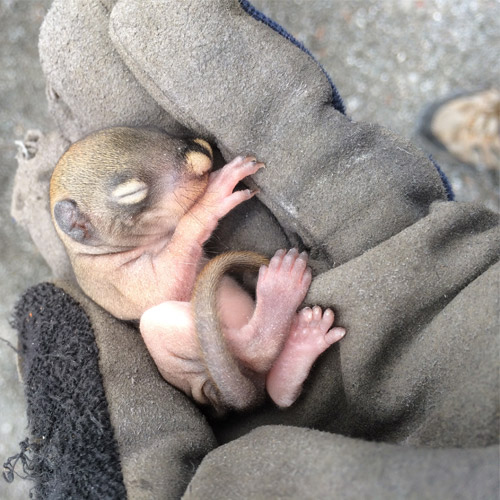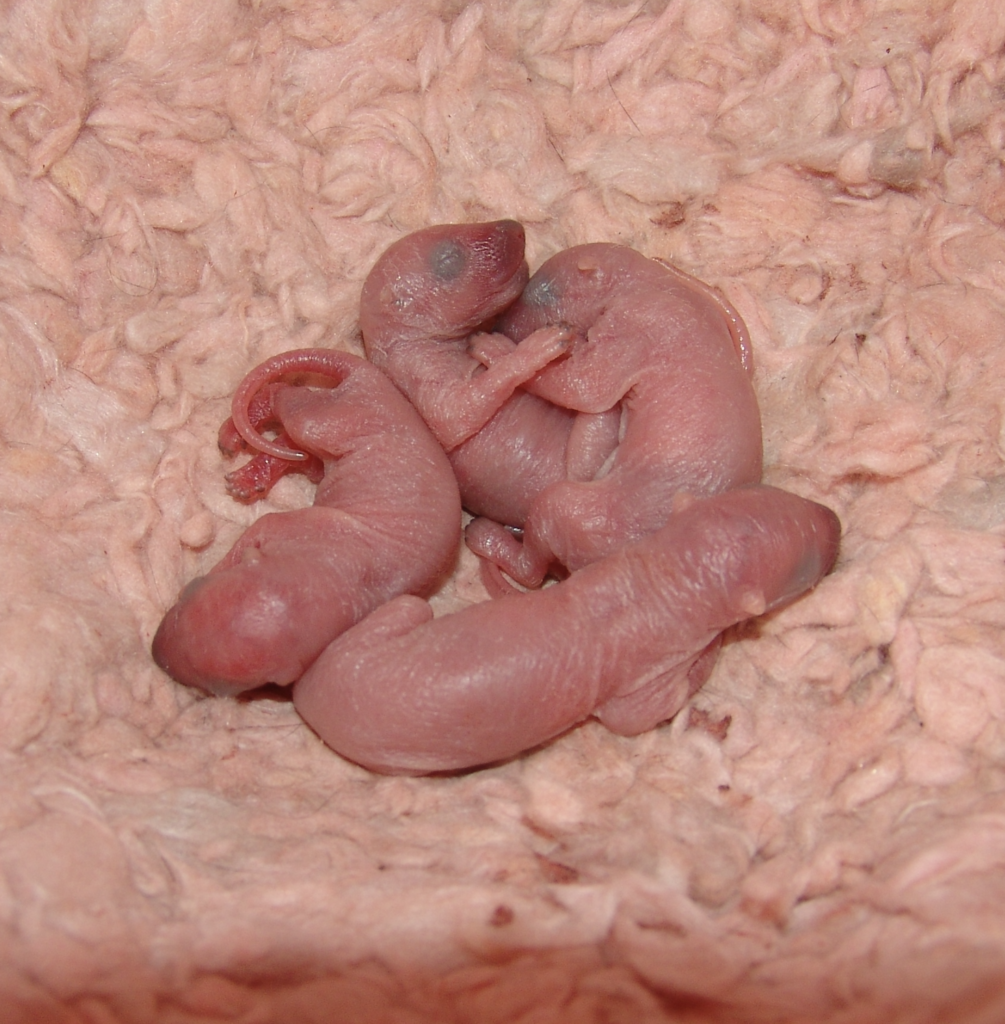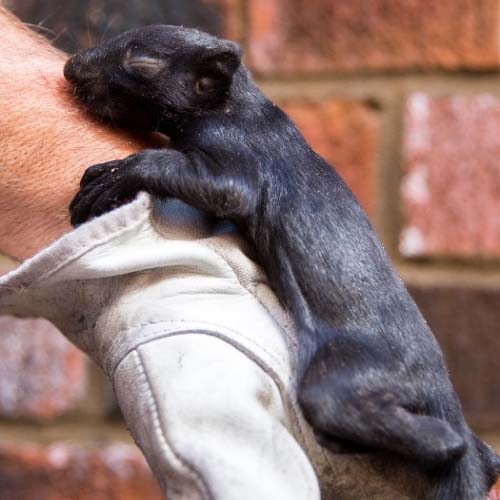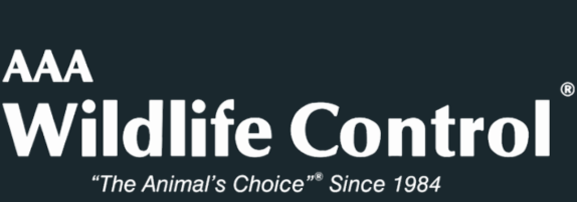Home / Wildlife Control Services in Vancouver / Humane Squirrel Removal
Humane Squirrel Removal in Vancouver
Squirrels In Attics
AAA Wildlife Control offers comprehensive humane squirrel removal and control solutions in Vancouver. Squirrels pose a threat to roofs and structures, potentially causing significant damage to insulation and electrical wiring. Our team at AAA conducts complimentary on-site inspections and provides estimates to address wildlife intrusions effectively.
During the birthing season, we locate squirrel nests and safely remove the babies, employing methods such as chasing the mother out or utilizing one-way doors. Our humane approach includes reuniting the mother squirrel with her young using a heated reunion jug. We fortify your home against animal entry by repairing damaged shingles and installing galvanized screens on roof vents, plumbing mats, chimneys, and other vulnerable areas.
Backed by over 31 years of experience, all our repair work is guaranteed for one year. Safeguard your home and resolve your wildlife concerns by contacting AAA Wildlife Control today.
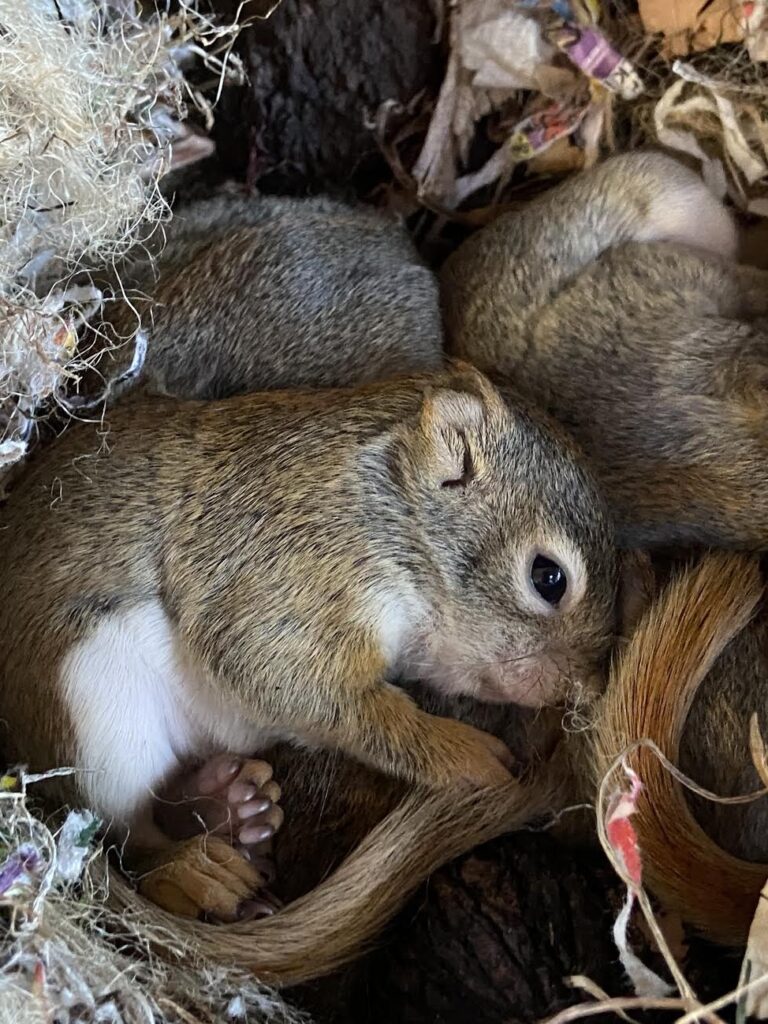
More About Squirrels

Humane Raccoon Removal

Humane Skunk Removal

Humane Squirrel Removal
Do It Yourself Dangers
For those who may be tempted to take on the task of removing animals and animal proofing themselves, it is important to remember that it can be a dangerous undertaking. Falling off ladders and roofs while attempting to remove animals or seal entry points can result in serious bodily harm. In some cases, even aggressive animals can pose a danger to those trying to remove them. It is best to leave these tasks to experienced professionals who have the knowledge and equipment to safely and effectively handle wildlife removal and animal proofing. Attempting to do it yourself can put you at risk of injury and potentially even more damage to your home.
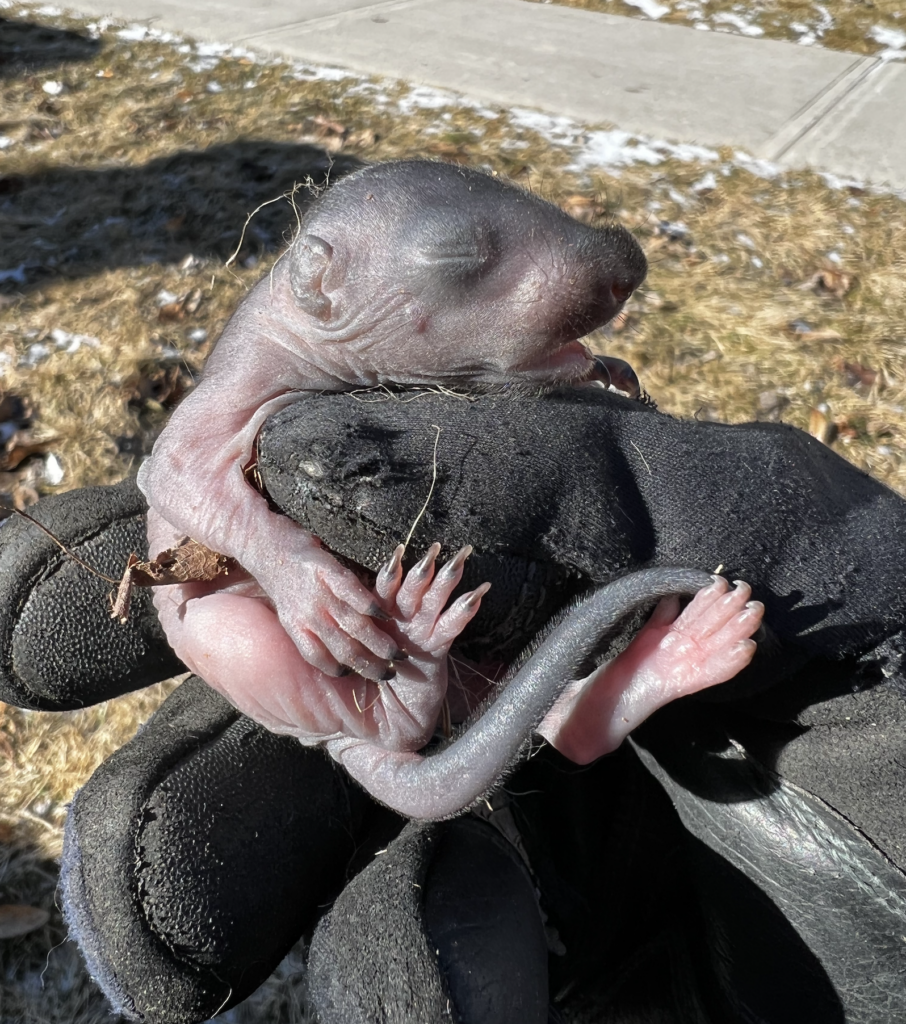
31 Years Of Wildlife Removal Experience
AAA Wildlife Control, specializing also in humane squirrel removal in Vancouver, provides expert animal removal and prevention solutions for raccoons, skunks, mice, and rats. We employ one-way doors to safely and humanely extract animals from your attic or walls, effectively preventing their return. Additionally, our team meticulously identifies and seals any potential entry points to your home. We offer comprehensive repair services to address damage caused by these animals, including patching roof holes and installing protective screens over vents, soffits, and chimneys. Keep your home free from animal intrusions by reaching out to AAA Wildlife Control today for a complimentary consultation and quote, ensuring a lasting solution to keep these pests at bay.










